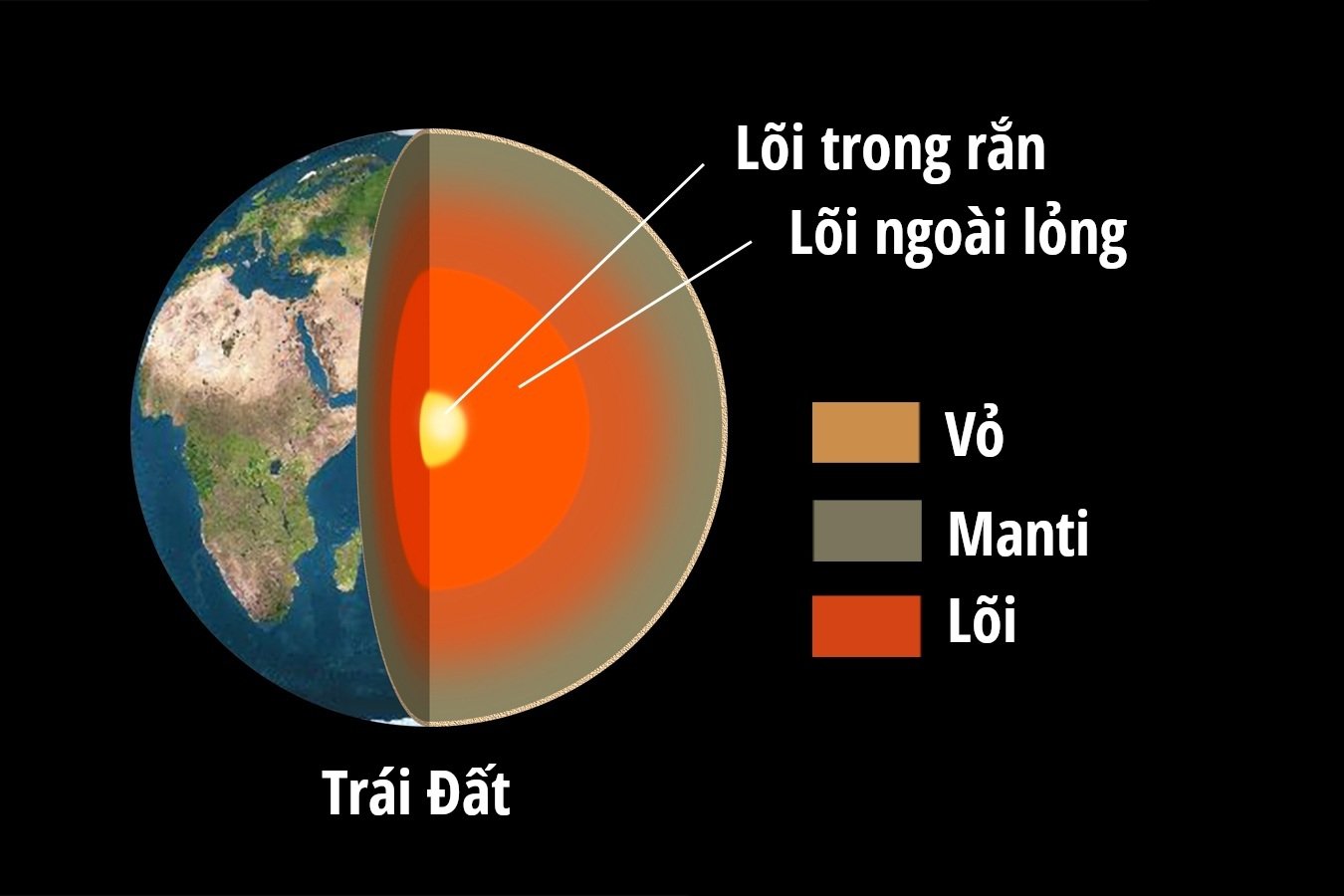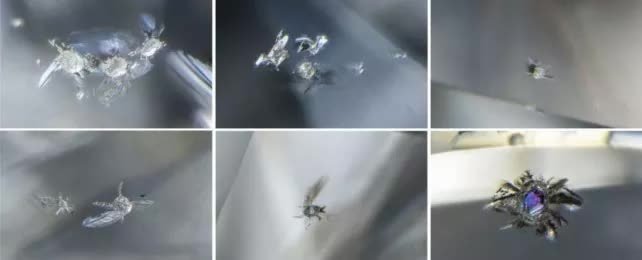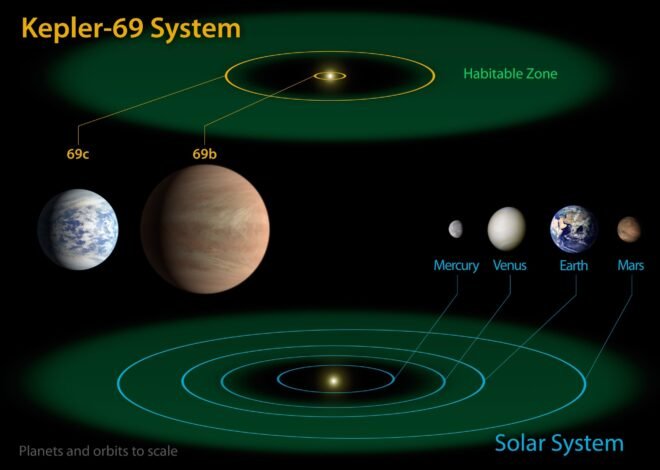
Super rare diamond at a depth of 660 km reveals secrets that shock scientists
Due to the limitations of technology, humans still cannot fully understand the world deep beneath the surface of our planet.
Scientists have long thought that as the upper mantle transitions to the hotter, denser lower mantle, minerals can hold much less water.
However, the discovery of ‘messengers’ located at a depth of hundreds of kilometers of the Earth partly helps scientists gain a rare glimpse into this mysterious world.
That ‘messenger’ is a diamond that has just been found at a depth of 660 km.
Specifically, a diamond recently unearthed at a Karowe diamond mine in Botswana (southern African country) has many holes containing traces of ringwoodite, ferropericlase, enstatite and other minerals that indicate diamonds.
What is most special, according to a group of researchers led by mineral physicist Tingting Gu of the Gemological Institute of New York (USA), is the environment in which this diamond formed – the division between the upper mantle
`The presence of ringwoodite along with hydrated phases indicates a very wet environment at this boundary. This is a surprising discovery,` the team of scientists wrote in the journal Nature Geoscience.
The results suggest there may be water deeper inside the Earth than scientists previously thought, which could affect our understanding of the planet’s deep water cycle and plate tectonics.
Scientists analyze: Most of the Earth’s surface is covered by oceans.
But the Earth’s crust is a fractured and fragmented thing, with individual tectonic plates grinding against each other and sliding under each other’s edges.
Over time, it returns to the surface through volcanic activity.
Understanding how it works and how much water is down there is also important for understanding the geology of our planet.
However, since we can’t get down there, we have to wait for evidence of water reaching us, like it is in the form of diamonds formed under extreme heat and pressure.

Mineral physicist Tingting Gu and her colleagues recently studied one such gem in detail, finding 12 mineral inclusions and a cluster of opaque white inclusions.
To study the diamond, they used `non-destructive` forms of analysis, including micro-Raman spectroscopy;
Among the impurities, they found an aggregate of ringwoodite (magnesium silicate at high temperature and pressure) in contact with ferropericlase (magnesium/iron oxide) and enstatite (a magnesium silicate of a different composition).
Ringwoodite has a similar chemical composition to olivine, the main material of the upper mantle, but forms under such intense heat and pressure that, until 2008, scientists had only found it in one meteorite sample.
Ringwoodite is commonly found in the transition zone between the upper and lower mantle, between 410 and 660 km below the Earth’s surface, and can contain much more water than the minerals Bridgmanite and ferropericlase.
At high pressure in the transition zone, ringwoodite decomposes into ferropericlase, as well as another mineral called Bridgmanite.
That’s not all.
Ringwoodite in particular has characteristics that suggest it is hydrated in nature – a mineral that forms in the presence of water.

Evidence of water in the transition zone has been found before, but that evidence was not enough to assess the amount of water there.
`While the formation of upper mantle diamonds is often associated with the presence of fluids, ultradeep diamonds with corroded mineral assemblages correspond to
The finding could also affect models of plate tectonics.
The study was published September 26, 2022 in the journal Nature Geoscience.
The article uses sources: Sciencealert, Livescience


